How to Remove Stains from Linen Clothing

Introduction
There’s something quietly magical about linen — the way it catches the morning light, the softness that deepens with every wear, the effortless grace it brings to a woman’s day. Whether it’s a breezy afternoon on Australia’s coast, a Sunday stroll through a European village, or a calm moment at home, linen has a way of reflecting ease, beauty, and authenticity.
But like all natural fabrics, linen requires a little care to preserve its charm. A drop of coffee during brunch, a splash of olive oil from an al fresco lunch, or a trace of red wine from a summer evening — stains can happen in the most ordinary yet beautiful moments of life.
The key isn’t panic — it’s patience.
Caring for linen is about understanding the fabric’s natural character and treating it with the same gentleness it gives you. In this guide, we’ll explore how to remove stains from linen clothing while keeping its softness, color, and texture intact.
Because at Kuttons, we believe that true elegance isn’t about perfection — it’s about preservation, patience, and conscious care.
The Story or Heritage: Why Linen Deserves Gentle Care
Linen isn’t just another fabric; it’s one of the oldest textiles in human history — a symbol of purity, resilience, and refined taste.
Its origins trace back thousands of years, with evidence of flax cultivation found in ancient Egypt and parts of Europe. Over time, linen became cherished across cultures for its natural coolness, durability, and unmistakable texture.
According to Wikipedia – Linen, the fibers are derived from the flax plant (Linum usitatissimum) — known for its strength and ability to thrive with minimal water and pesticides. Today, European linen continues this legacy, grown in France, Belgium, and the Netherlands under some of the world’s most sustainable agricultural practices.
At Kuttons, we source European Flax® certified linen, ensuring each piece begins with quality and integrity. Once crafted in India by skilled hands, the fabric transforms into timeless dresses that embody both heritage and modern refinement.
Understanding this history is essential — because linen’s natural beauty lies in its organic fibers. And when stains occur, they must be treated with methods that respect the integrity of this centuries-old material.
Modern Relevance: Linen in Everyday Life
For women across Australia, Europe, and beyond, linen isn’t just fabric — it’s a way of life.
In Australia, where sunlight shimmers across coastal towns and outdoor living defines the day, linen dresses offer breathable comfort and effortless sophistication.
In Europe, linen evokes timeless elegance — ideal for mornings in Parisian cafés or evenings in the Tuscan countryside.
Across the USA and other parts of the world, it’s embraced as part of a conscious, minimalist wardrobe that values quality over quantity.
Yet, this same natural charm that makes linen so special also makes it sensitive to harsh treatments. Synthetic detergents, high heat, or aggressive scrubbing can weaken its fibers. The goal, therefore, isn’t to fight stains — it’s to coax them out naturally.
Technical / Educational Segment: The Science of Linen & How to Treat It Right
Linen is made of long, hollow flax fibers that absorb and release moisture quickly — one of the reasons it feels cool and airy. But this also means it can absorb stains fast, especially from oils, wine, or coffee.
Here’s how to treat common stains effectively without damaging your linen:
Step 1: Act Quickly but Gently
The sooner you address a stain, the better.
Blot the area softly with a clean white cloth or tissue — avoid rubbing, as it can push the stain deeper into the fibers.
Step 2: Rinse with Cool Water
Hold the stained area under cool running water. This helps loosen surface-level residue without setting the stain. Hot water, on the other hand, can cause natural fibers to expand, locking in the pigment.
Step 3: Use Mild Natural Cleansers
For most stains, a gentle detergent or natural solution works best.
Mix a small amount of mild detergent with cool water and dab using a soft cloth. You can also use:
-
White vinegar (1:3 ratio with water) for general stains
-
Baking soda paste for mild discoloration
-
Lemon juice for light marks on white or unbleached linen
-
Cornstarch or talcum powder for oil-based stains
Let it sit for 15–20 minutes before rinsing thoroughly.
Step 4: Air Dry Naturally
Avoid dryers or direct sunlight, which can cause fading. Instead, lay the linen flat or hang it in a shaded, breezy spot. Linen dries quickly — one of its many natural gifts.
Step 5: Iron While Slightly Damp
To restore linen’s signature drape, iron it while slightly damp using medium heat.
For darker or dyed linens, always iron inside out to preserve color vibrancy.
Tip from the Kuttons Studio:
To maintain fabric integrity, use detergents labeled OEKO-TEX® certified or plant-based. They are gentle on the skin, the environment, and your garments.
[Read about European Flax Certification]
Design, Style & Craftsmanship: The Kuttons Approach to Linen Longevity
Every Kuttons garment tells a story — from the European fields where the flax is grown to the Indian ateliers where it’s transformed by skilled artisans. This collaboration of European heritage and Indian craftsmanship ensures that each dress not only looks beautiful but lives beautifully too.
We design with intention — mindful seams, breathable weaves, and natural dyes that allow linen to age gracefully.
Our dresses are made to accompany women through seasons, travels, and quiet everyday rituals.
Because when a garment is made with care, caring for it becomes second nature.
Stains, after all, are just part of a garment’s journey — small traces of life well-lived. With the right approach, they fade without leaving a mark on the story.
[Discover Travel-Friendly Linen Dresses]
Emotional & Lifestyle Layer: The Beauty of Mindful Care
There’s a certain peace in caring for linen.
Washing it by hand, feeling its cool texture between your fingers, watching it sway in the breeze as it dries — these moments remind us to slow down.
For women who live consciously — from the Australian coast to the cobblestoned streets of Europe — linen embodies balance. It’s natural yet refined, practical yet poetic.
And just like mindful living, caring for linen is an act of appreciation.
It’s choosing patience over haste, gentleness over harshness, and quality over convenience.
At Kuttons, we see care as an extension of craftsmanship — the continuation of a story that began in the flax fields.
When you treat your linen with understanding, it rewards you with longevity, softness, and quiet beauty.
Conclusion / Summary
Linen is more than fabric — it’s a philosophy.
It represents simplicity, strength, and sustainability — all woven into fibers that age gracefully over time.
Knowing how to remove stains from linen clothing is part of that philosophy. It’s not just about maintaining appearances; it’s about respecting the fabric’s origins, its makers, and its journey.
Each time you remove a stain gently, you preserve a little piece of its story — ensuring it remains part of your life for years to come.
Discover the calm elegance of European linen with [Kuttons] — where sustainability, craftsmanship, and beauty come together effortlessly.
Summary Checklist: Quick Guide to Stain Removal
|
Type of Stain |
Natural Remedy |
Care Tip |
|
Coffee or Tea |
White vinegar + cool water |
Blot, rinse, and air dry |
|
Oil or Makeup |
Cornstarch or talcum powder |
Let absorb for 20 mins, brush off |
|
Wine |
Baking soda + water paste |
Apply gently, rinse cool |
|
Sweat or Yellowing |
Lemon juice or mild detergent |
Wash and air dry |
|
Ink |
Dab with rubbing alcohol (test first) |
Do not rub; rinse thoroughly |
Products on Sale
- Regular Price
- from $46.00
- Sale Price
- from $46.00
- Regular Price
-
$76.00
- Unit Price
- per
- Regular Price
- $199.00
- Sale Price
- $199.00
- Regular Price
-
$278.00
- Unit Price
- per
- Regular Price
- $134.00
- Sale Price
- $134.00
- Regular Price
-
$148.00
- Unit Price
- per
- Regular Price
- $109.00
- Sale Price
- $109.00
- Regular Price
-
$142.00
- Unit Price
- per
- Regular Price
- $159.00
- Sale Price
- $159.00
- Regular Price
-
$196.00
- Unit Price
- per
- Regular Price
- $49.00
- Sale Price
- $49.00
- Regular Price
-
$52.00
- Unit Price
- per
- Regular Price
- $22.00
- Sale Price
- $22.00
- Regular Price
-
$26.00
- Unit Price
- per
- Regular Price
- $30.00
- Sale Price
- $30.00
- Regular Price
-
$37.00
- Unit Price
- per
- Regular Price
- $134.00
- Sale Price
- $134.00
- Regular Price
-
$170.00
- Unit Price
- per
- Regular Price
- $74.00
- Sale Price
- $74.00
- Regular Price
-
$78.00
- Unit Price
- per
- Regular Price
- $46.00
- Sale Price
- $46.00
- Regular Price
-
$56.00
- Unit Price
- per
- Regular Price
- $99.00
- Sale Price
- $99.00
- Regular Price
-
$125.00
- Unit Price
- per
- Regular Price
- $99.00
- Sale Price
- $99.00
- Regular Price
-
$92.00
- Unit Price
- per
- Regular Price
- $56.00
- Sale Price
- $56.00
- Regular Price
-
$52.00
- Unit Price
- per
- Regular Price
- $56.00
- Sale Price
- $56.00
- Regular Price
-
$52.00
- Unit Price
- per
- Regular Price
- $56.00
- Sale Price
- $56.00
- Regular Price
-
$52.00
- Unit Price
- per
- Regular Price
- $128.00
- Sale Price
- $128.00
- Regular Price
-
$145.00
- Unit Price
- per
- Regular Price
- $69.00
- Sale Price
- $69.00
- Regular Price
-
$95.00
- Unit Price
- per

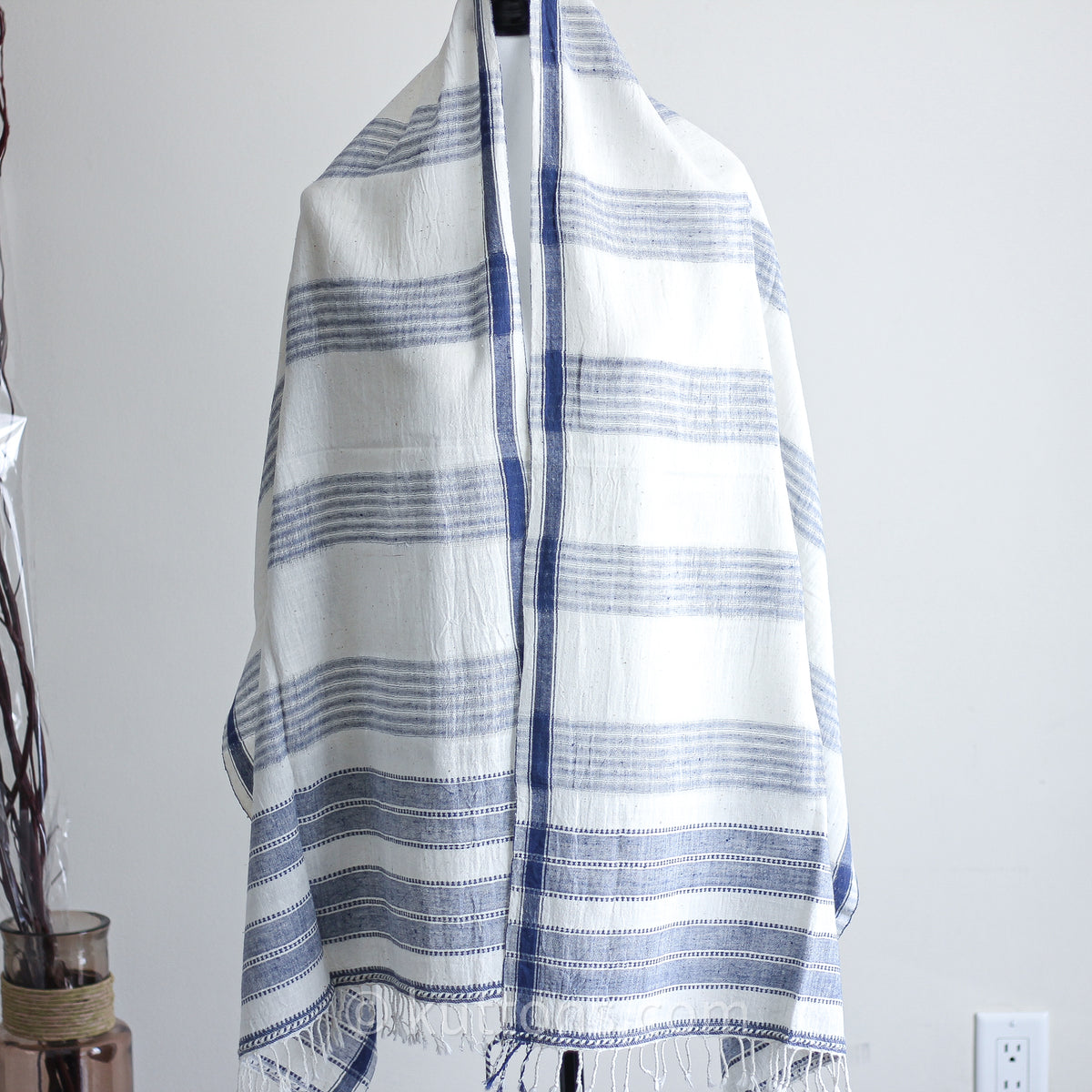
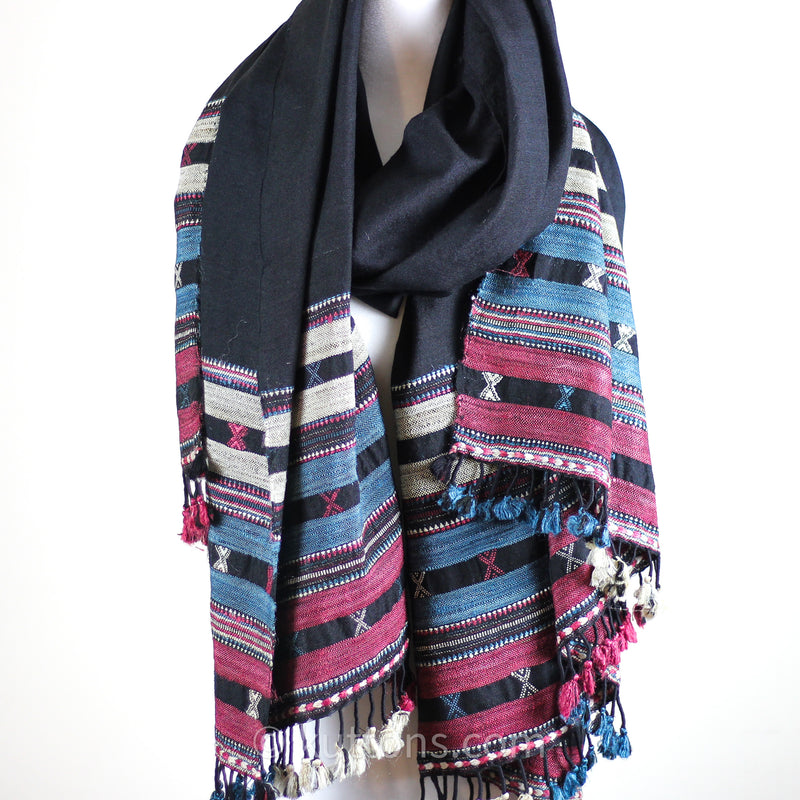
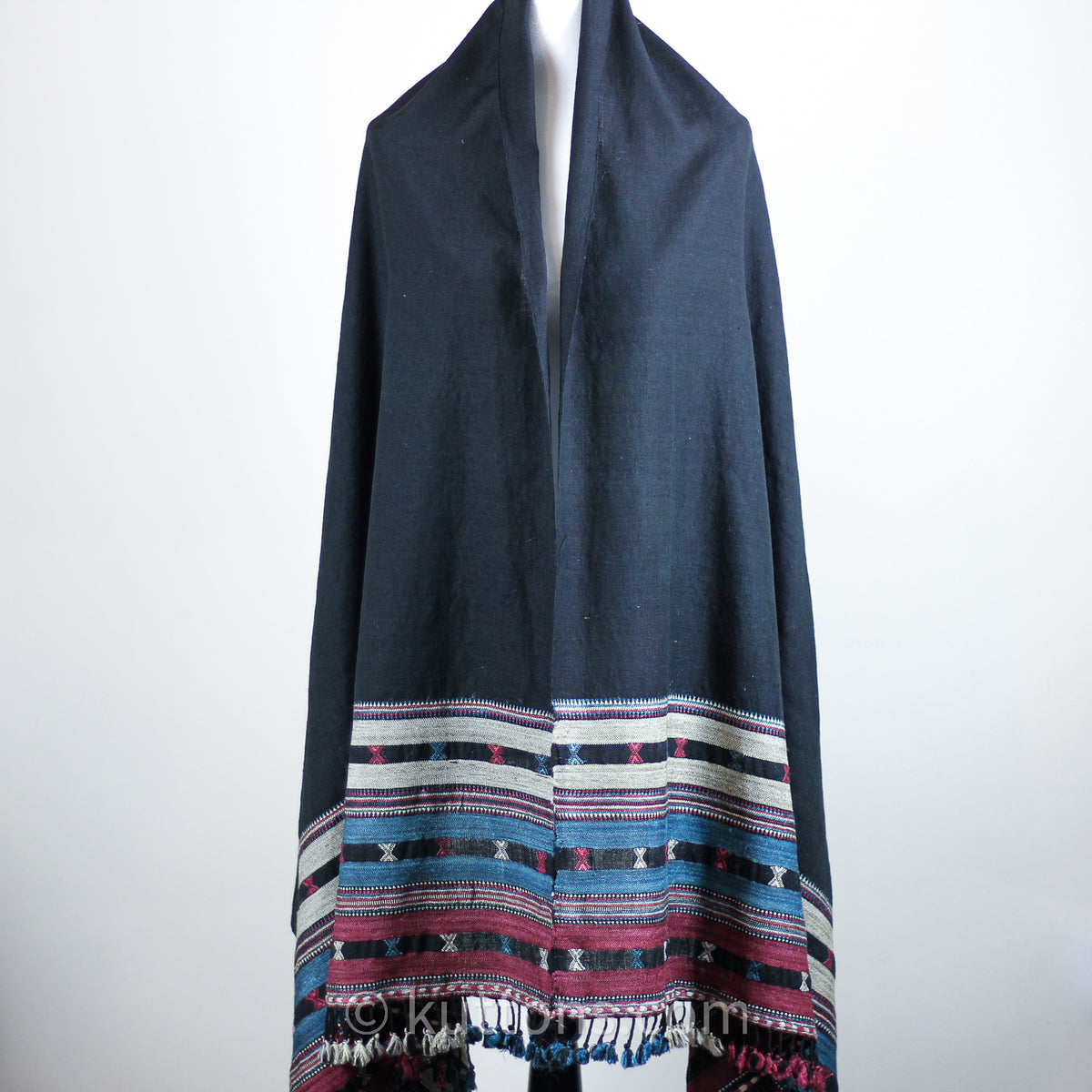
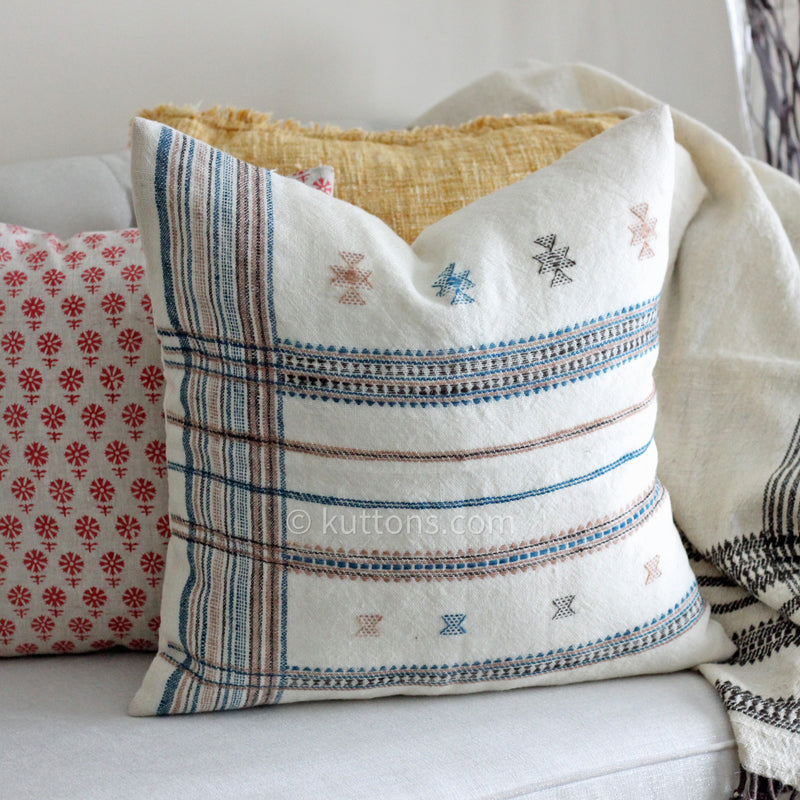

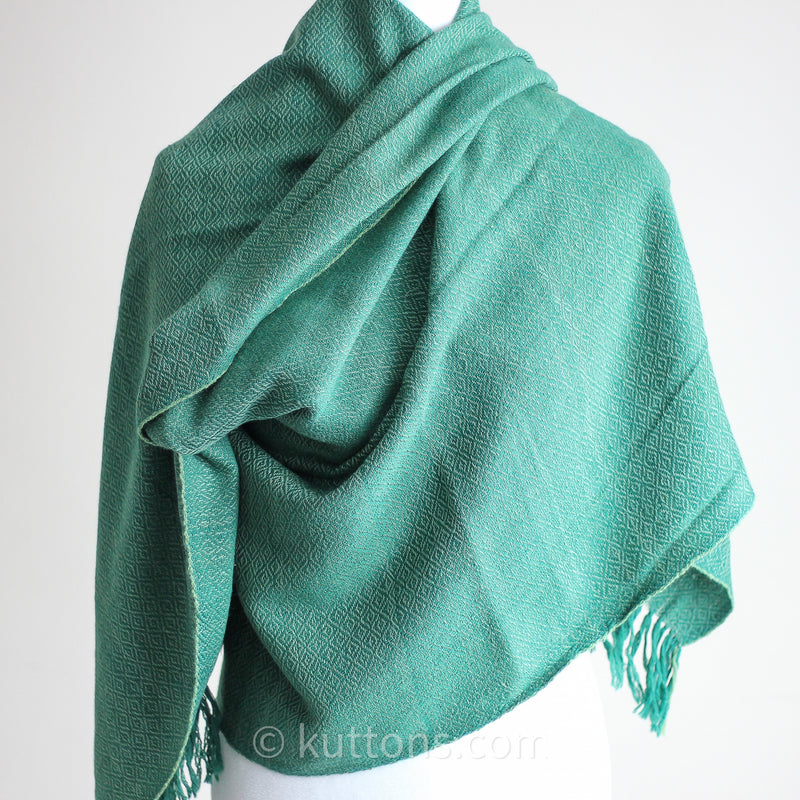

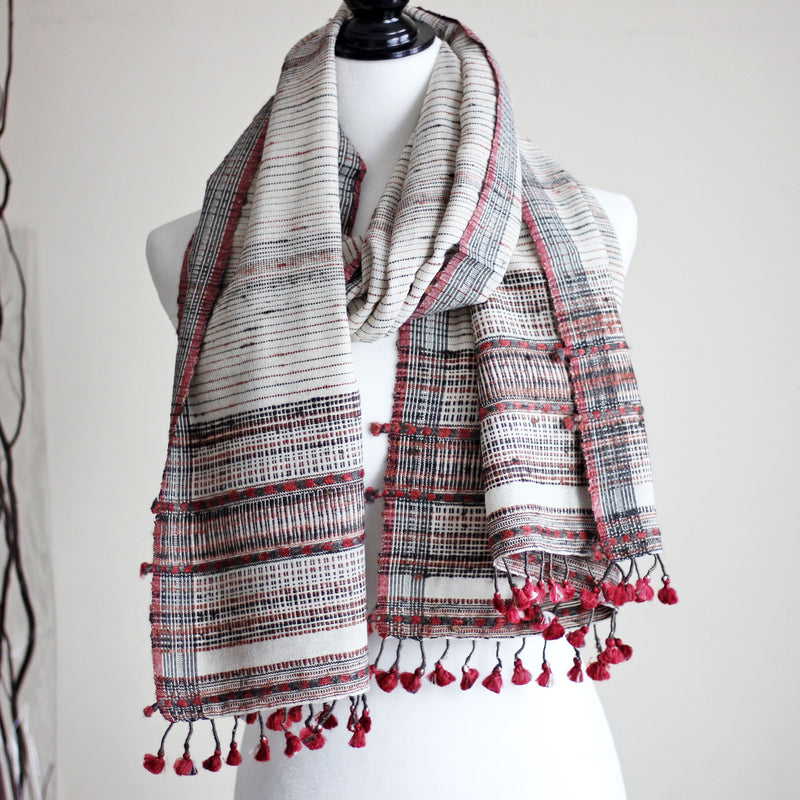
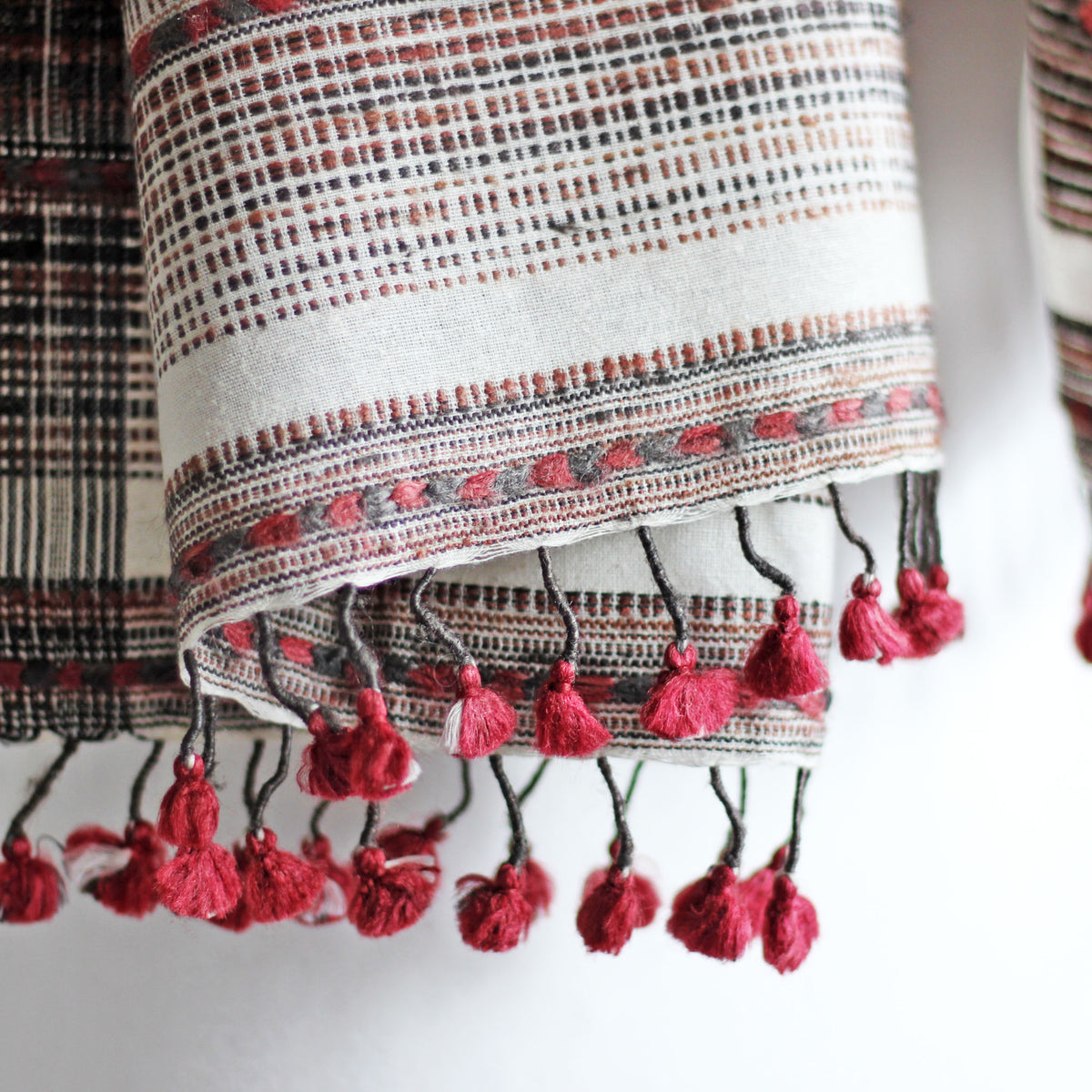
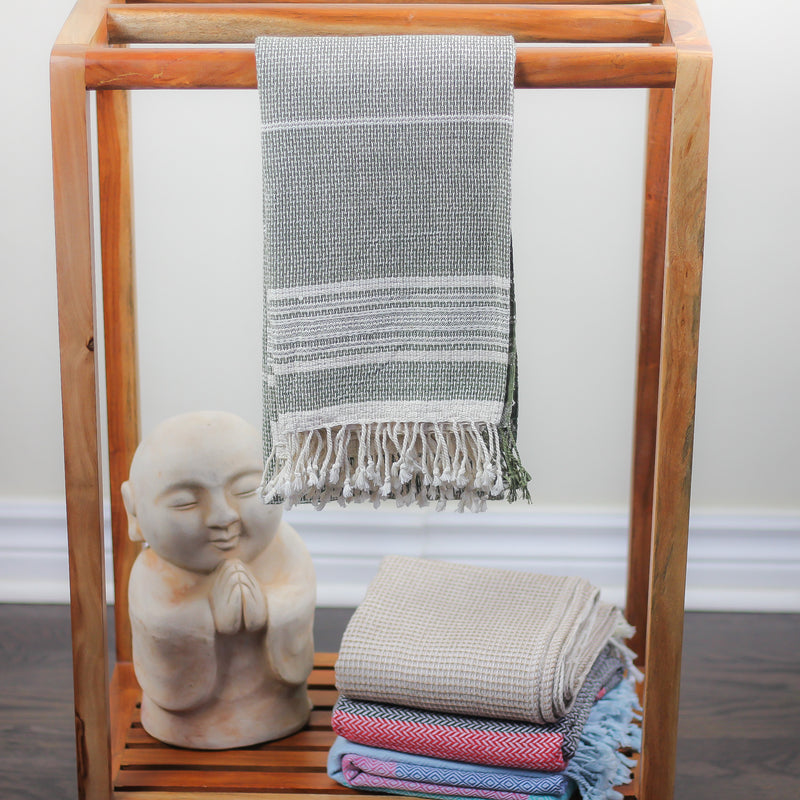

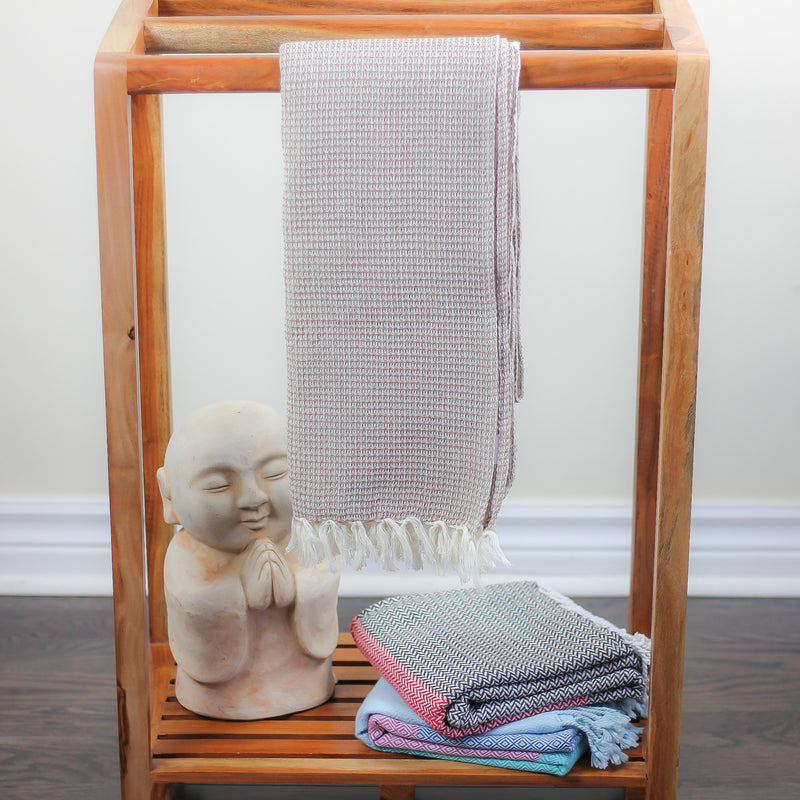
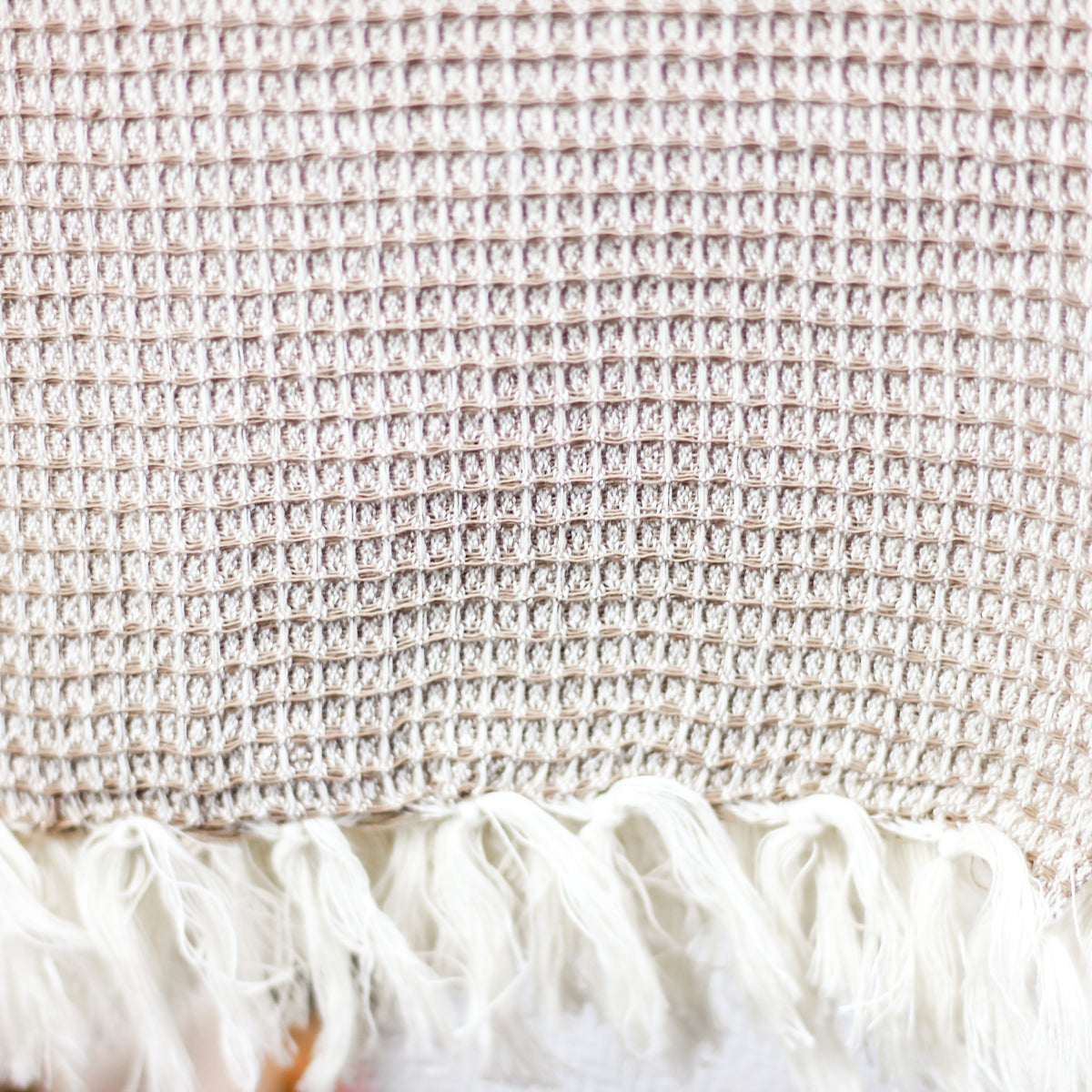

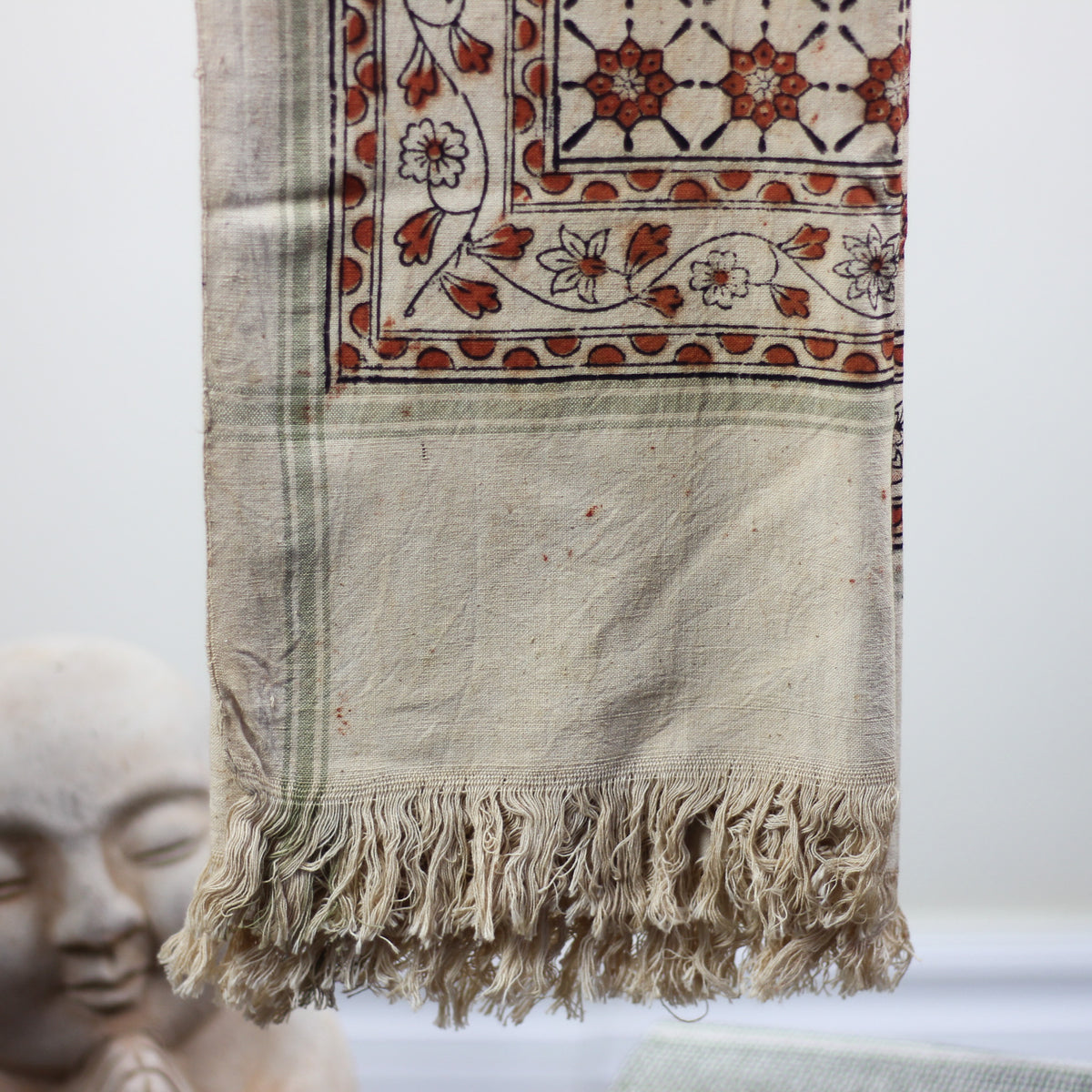
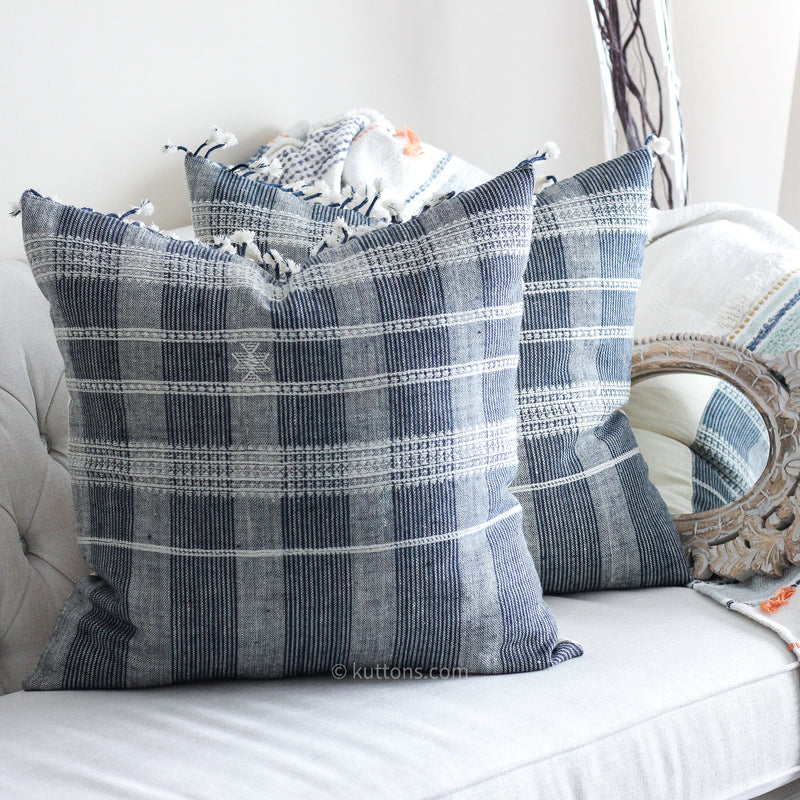

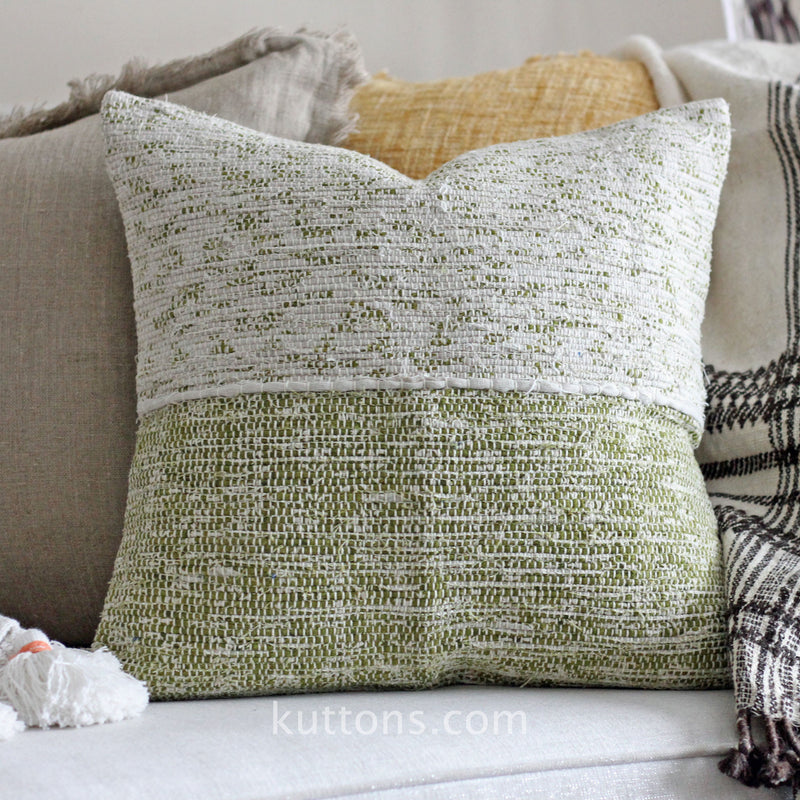
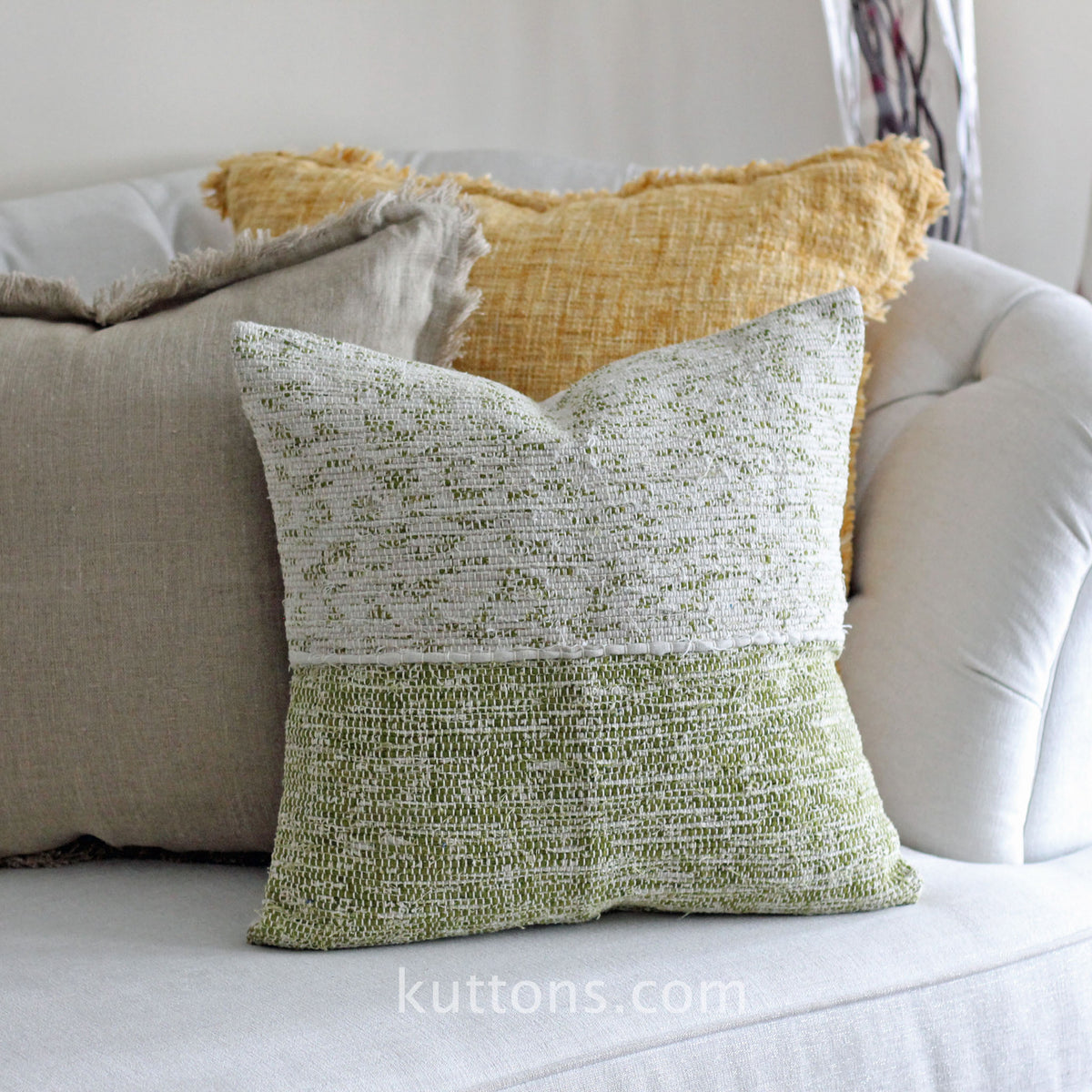
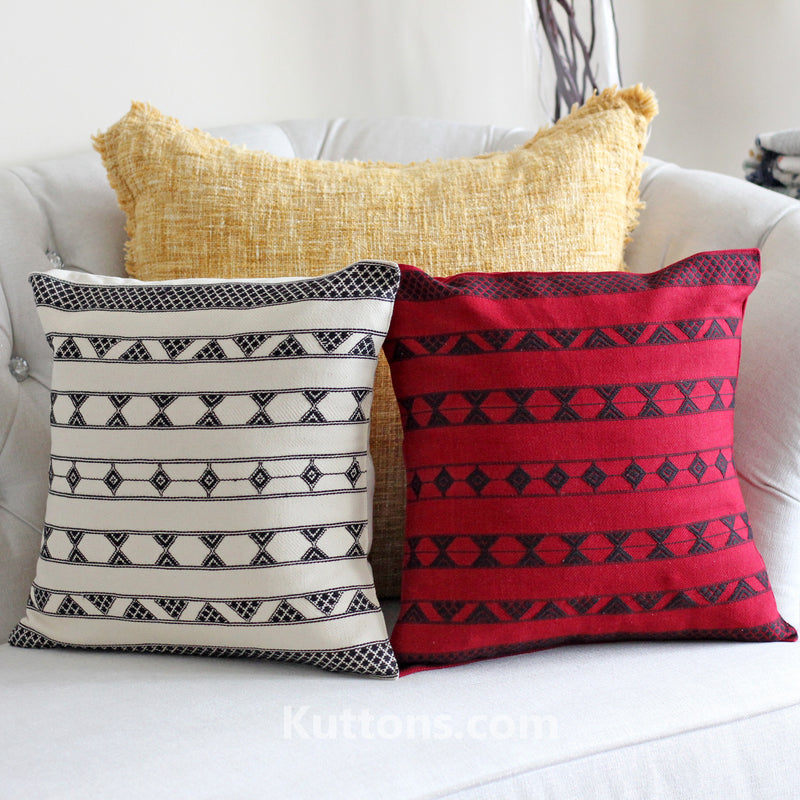
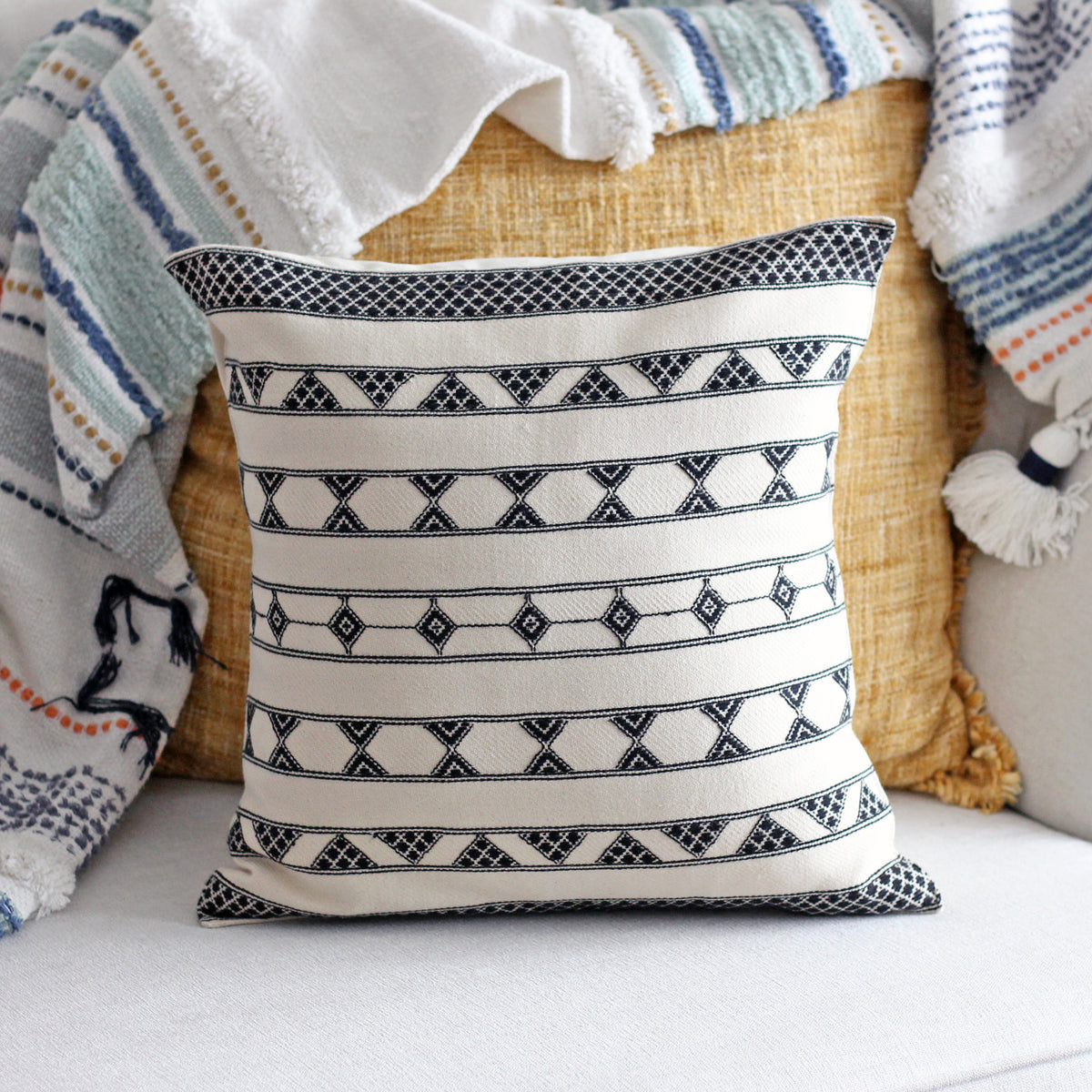
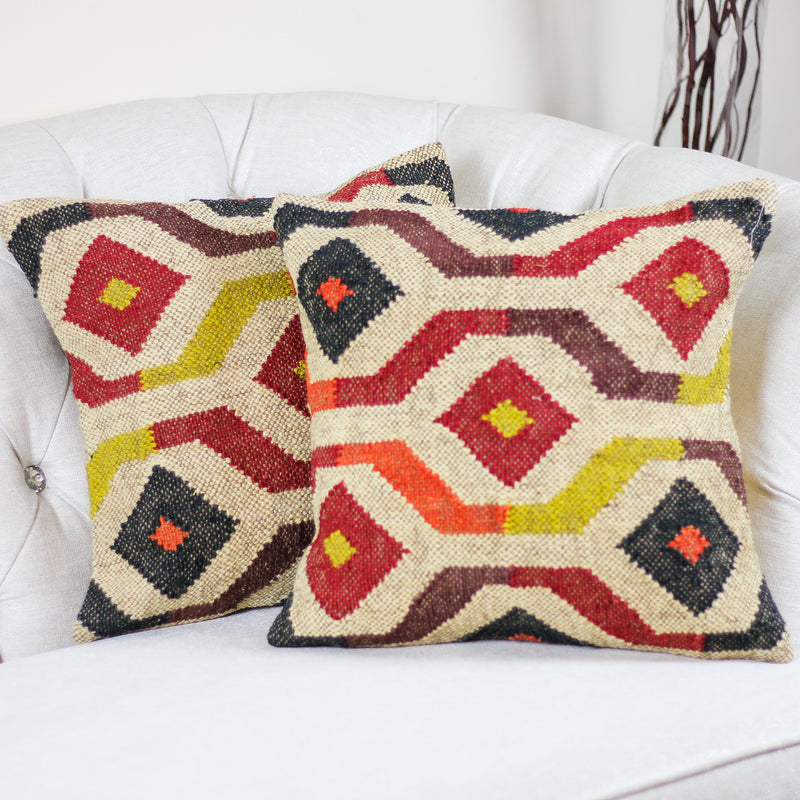
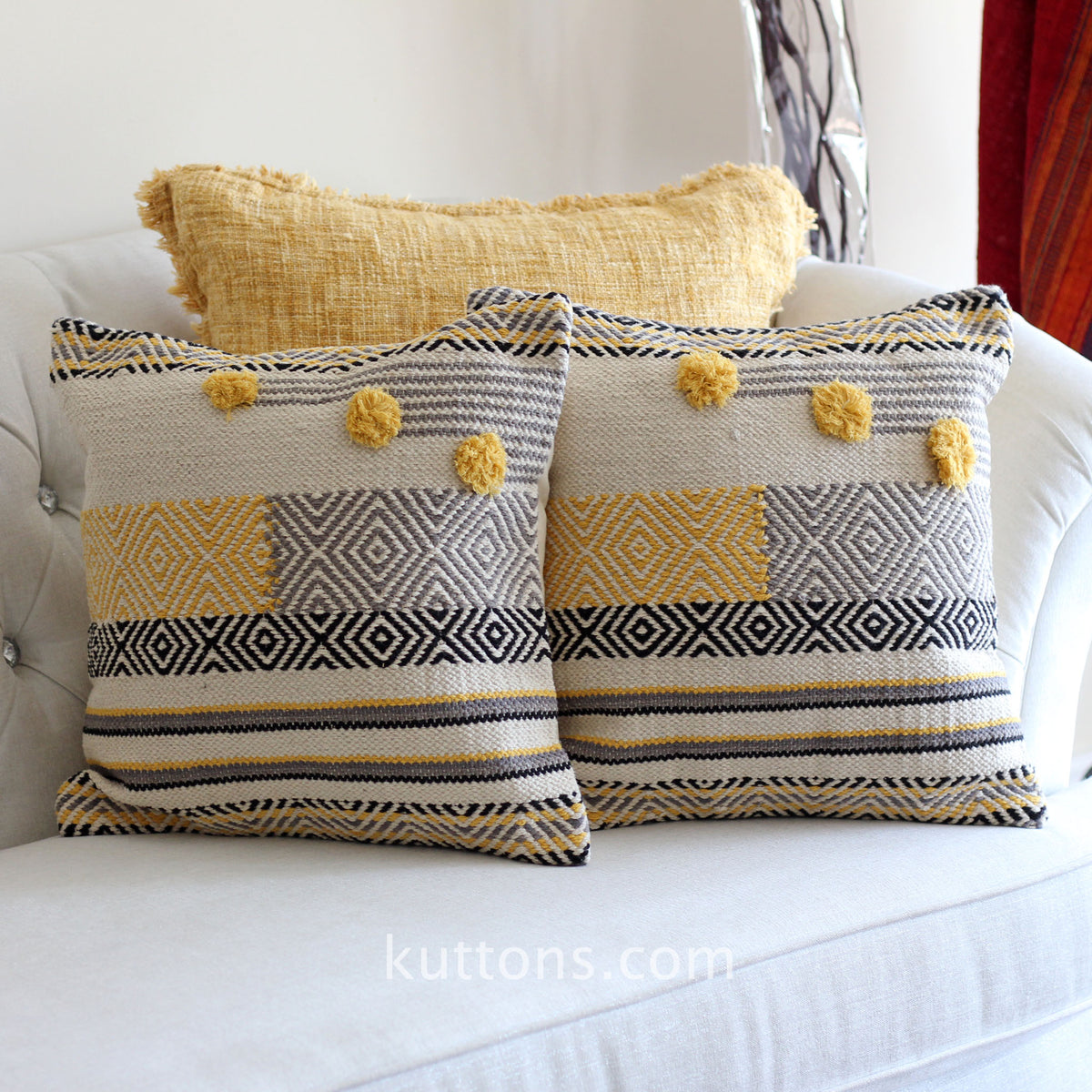


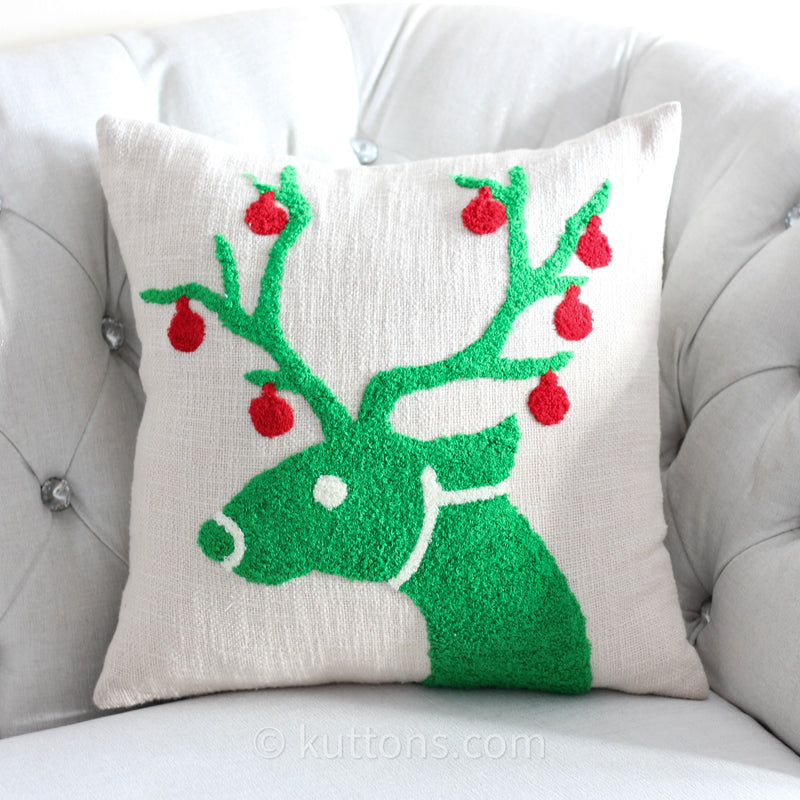
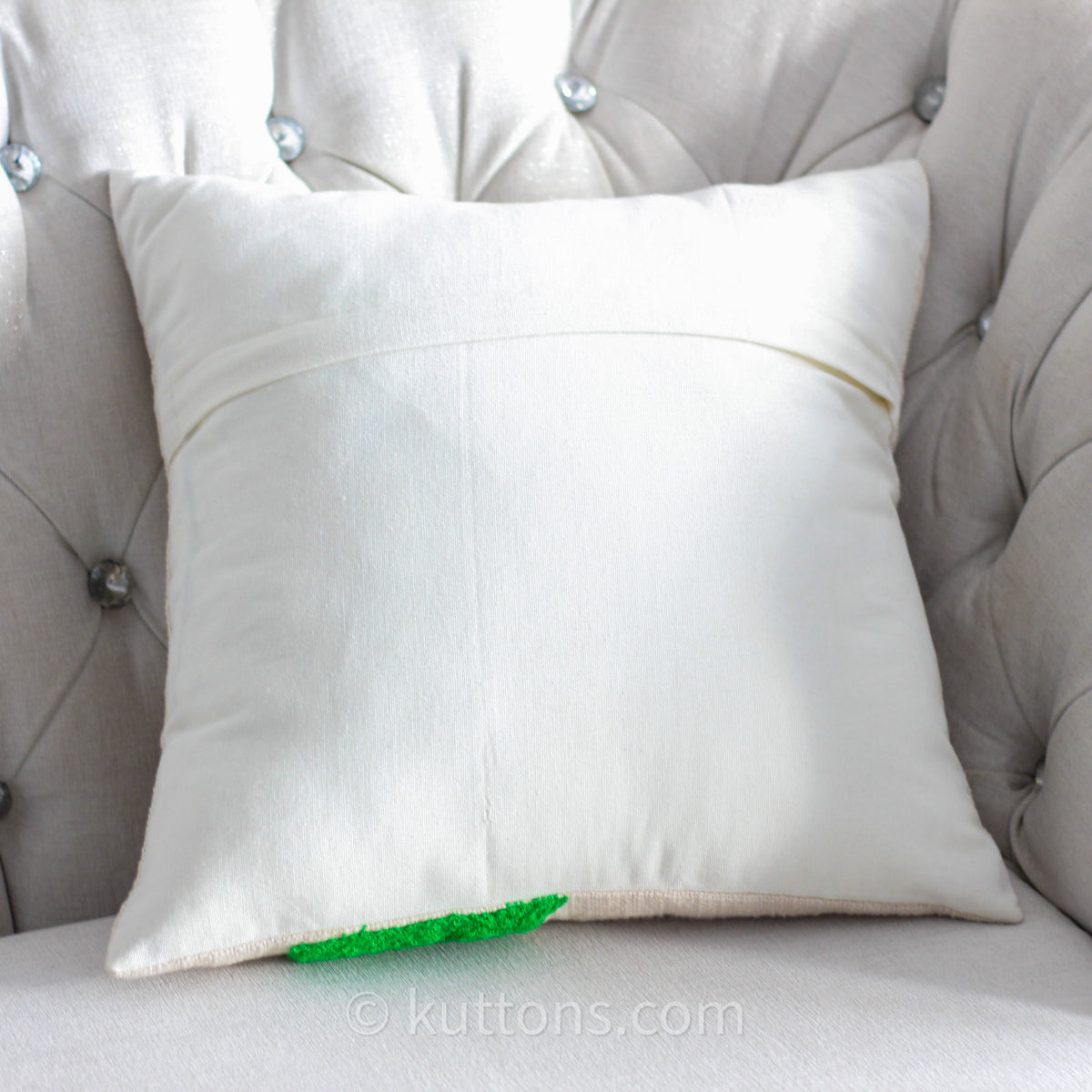
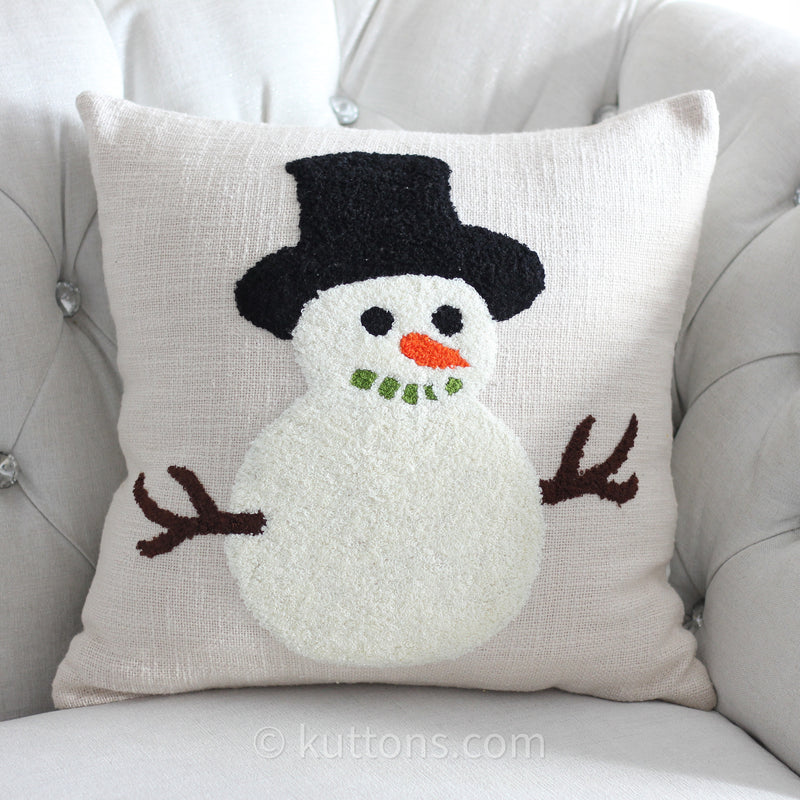
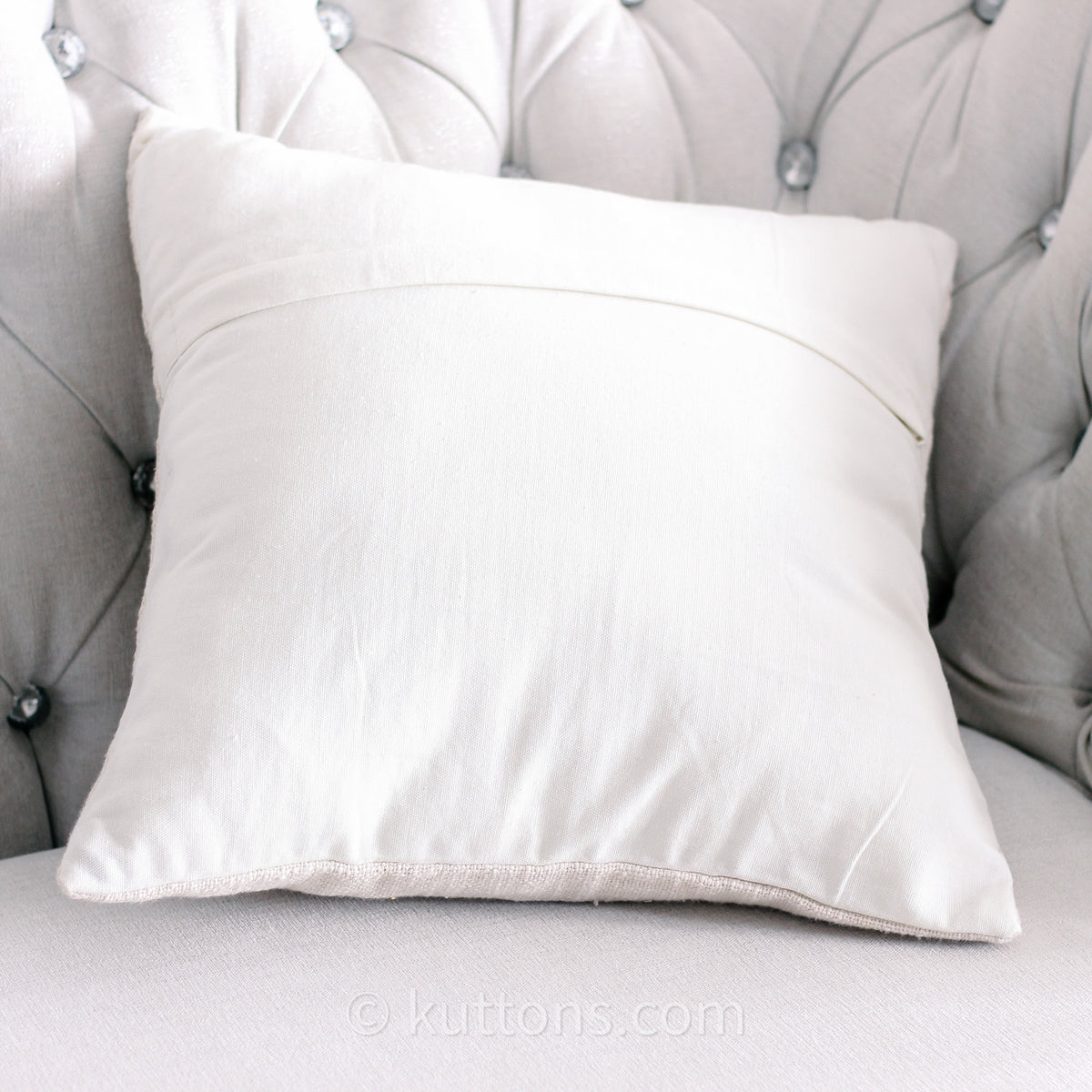
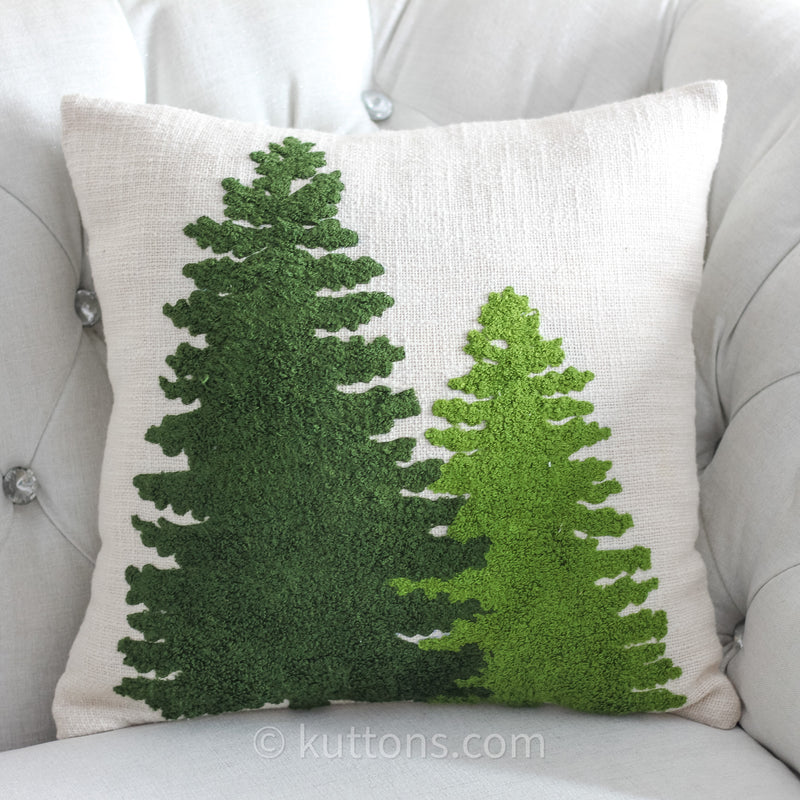
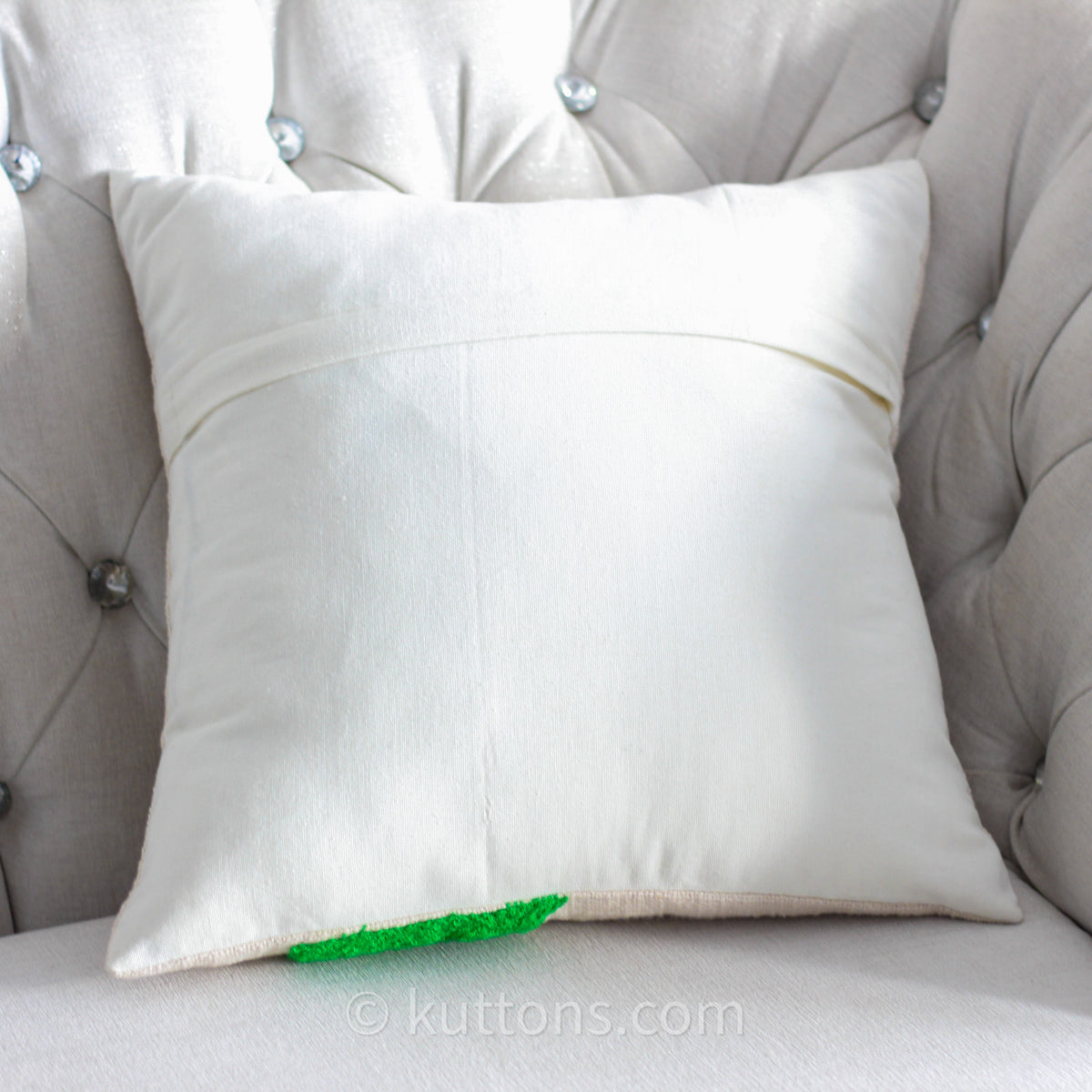
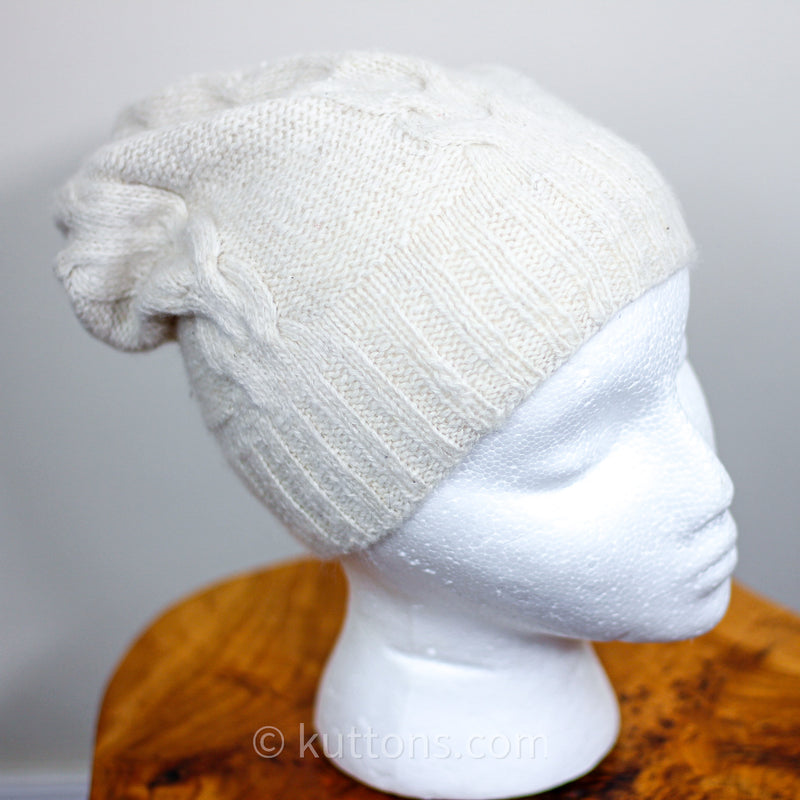
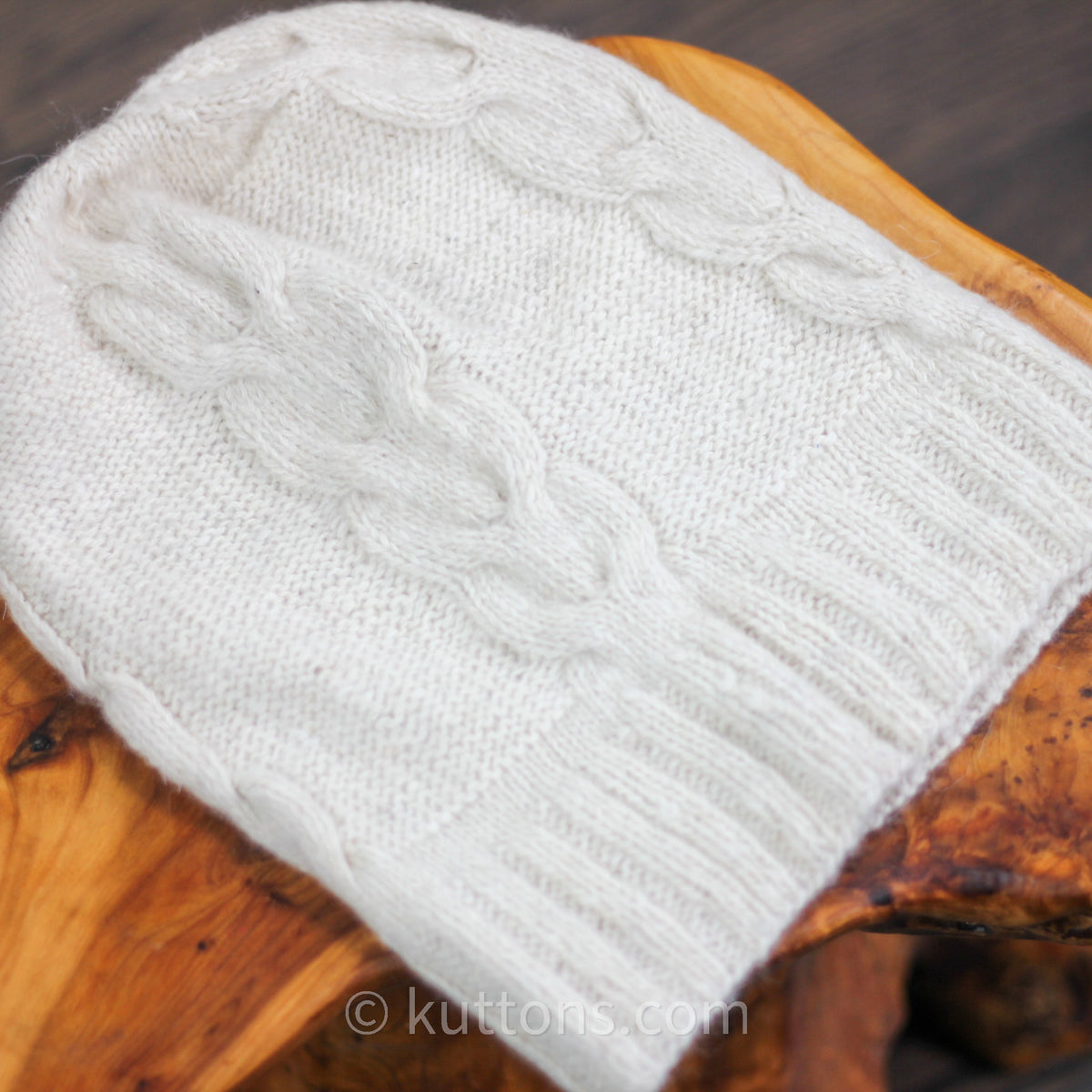

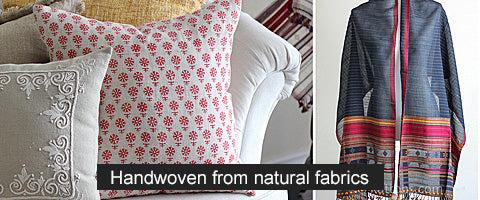
0 comments